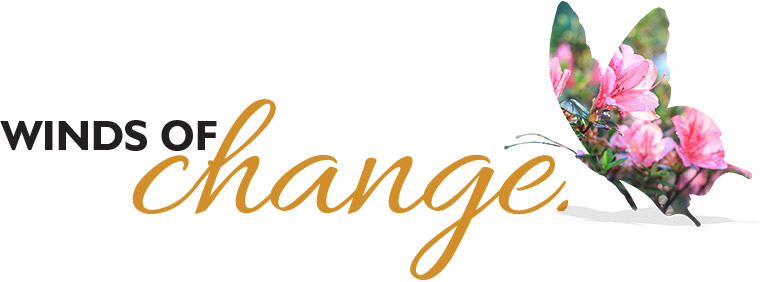With spring just around the corner, February is the perfect time to prune and prepare your landscape. It’s no secret that healthy plants keep your garden looking vibrant and lush all year long, and proper maintenance is at the root of healthy, happy plants.
Pruning should be at the top of your maintenance agenda this time of year. It optimizes plant health, restricts growth, trains the plant and improves the quality of flowers, foliage, stems or fruit. While some plants require specific pruning techniques, there are a few simple techniques that apply to every plant.
You should always cut all dead, broken and diseased stems back to healthy wood. Make sure you cut at a 45-degree angle that isn’t too close or too far away from the bud. You can even prune each plant based on the response you want. For example, if you want to increase branching, shorten the stem. If you want to make the plant smaller, remove whole stems.
Having the right tools on hand will also make pruning easier and more effective. Hand-held pruning shears are ideal for stems half an inch or less in diameter. For stems up to an inch-and-a-half across, use a long-handled lopper. No matter which tool you use, keep it sharp and clean so your plants can heal more quickly.
Knowing which plants to prune when is just as critical as following recommended pruning techniques. Take a look at our plants to prune in early spring and break out your shears.
Plants to prune in early spring:
• Climbing roses, antique roses, hybrid tea roses, drift roses and knock out roses
• Perennial flowers like hibiscus and lantana
• Summer-blooming trees and shrubs such as crape myrtles
• Broadleaf evergreens such as magnolias and holly
The Power of Perennials.
Deadheading perennial flowers – also known as removing faded flowers – not only makes them look healthier, but many perennials will actually push out another cycle of blooms.

